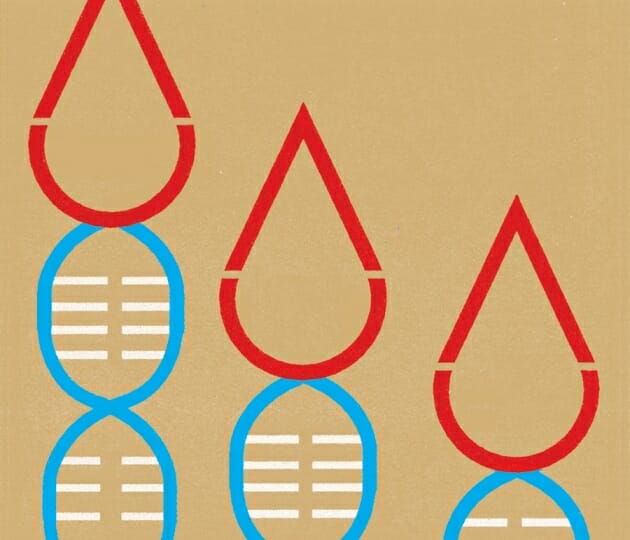Finding new, less obtrusive ways to fight cancer is a priority in the medical field. As it stands now, the most effective way of diagnosing cancer is through a procedure called a biopsy. This involves cutting the body open and slicing out a piece of the tumor to diagnose the its severity. Unfortunately, this procedure entails long periods of time between when doctors can check on the disease’s progress.
A new treatment, however, may change the way that we diagnose cancer. Due to improved medical technology, a process called a liquid biopsy is now possible. This treatment can find tiny traces of cancer DNA in a patient’s blood. This allows for weekly–or more frequent–testing, and, thus, for more dynamic and flexible treatment of a patient. Time spent with damaging chemotherapy is lessoned, and it allows doctors to see the effects of medicine on the cancer tumor within days, not weeks.
In addition, this test has been found to be more effective than CT Scans in predicting cancer reoccurance, delivering a diagnosis up to three months earlier. This treatment provides potentially life-saving extra time to patients with cancer.
This procedure has been working well so far–it may have very well saved the life of a fifth-grader from New York. If it is found effective in large scale trials, it may become common practice around the world.
Such a procedure is the first of many in making cancer treatments less invasive and more effective, and, ultimately, in eradicating cancer for good.
by Sid Menon’17








